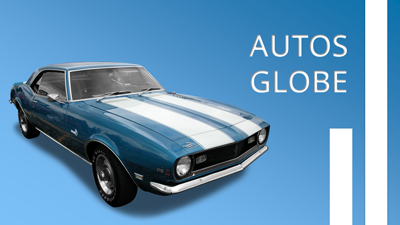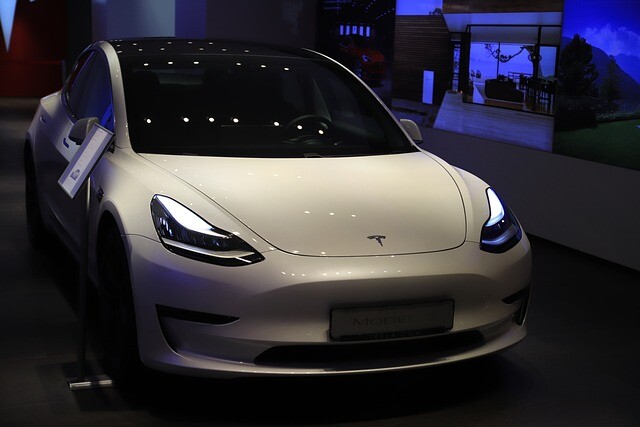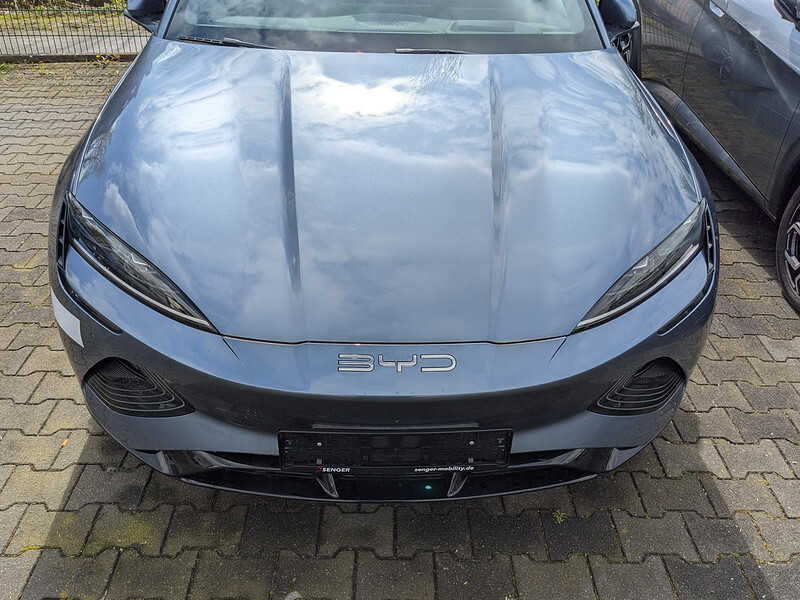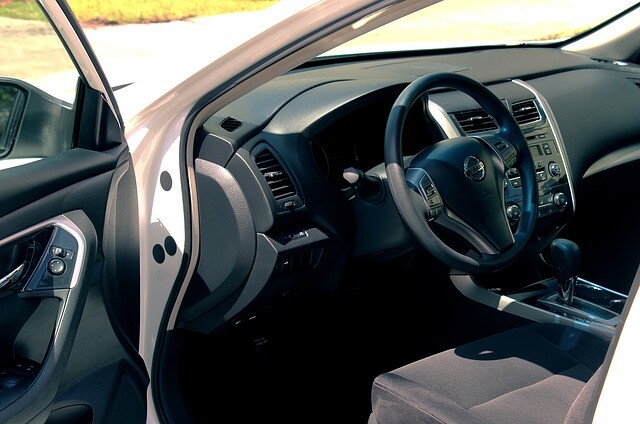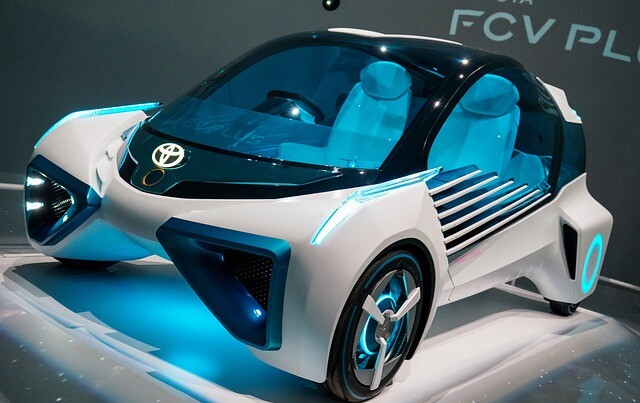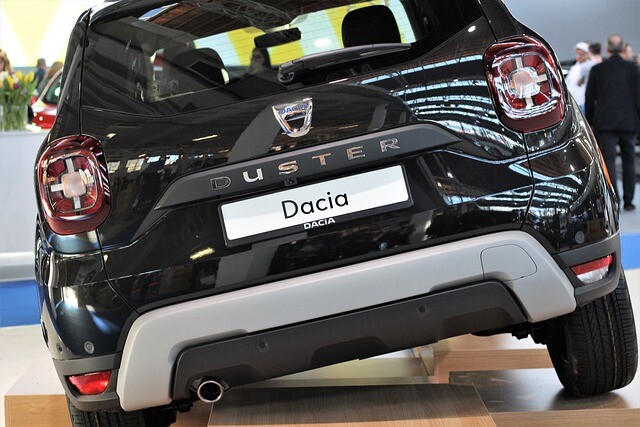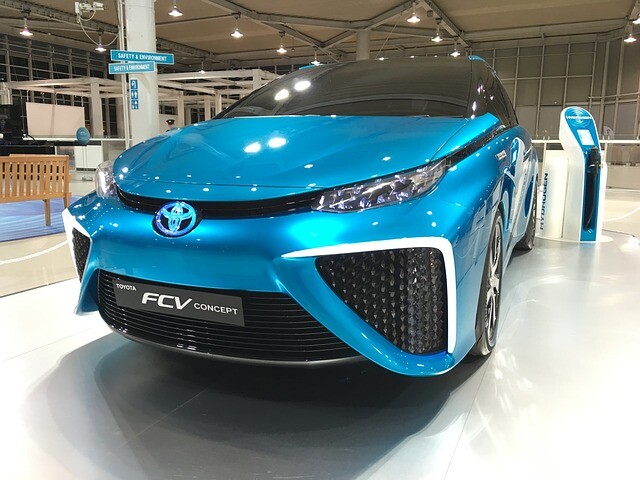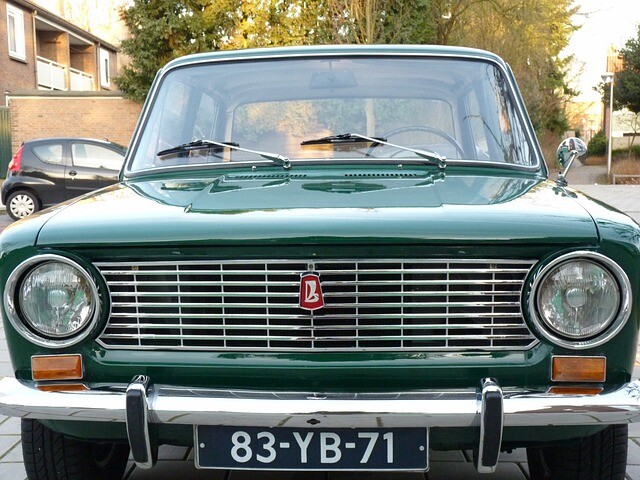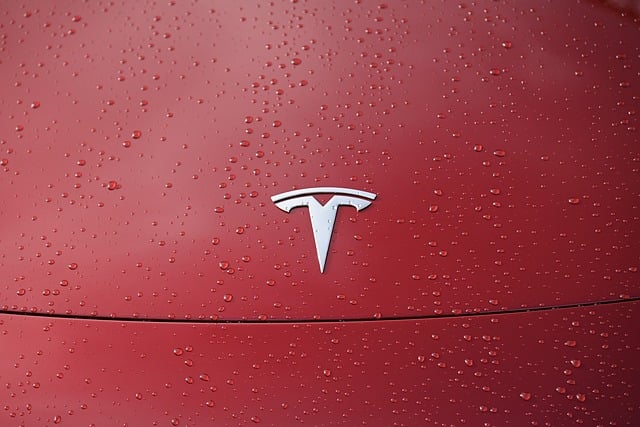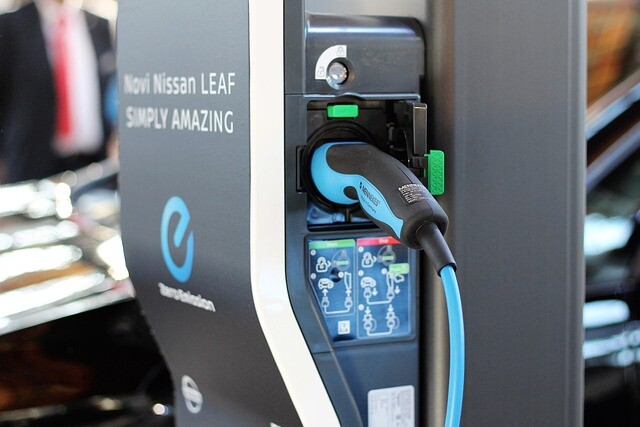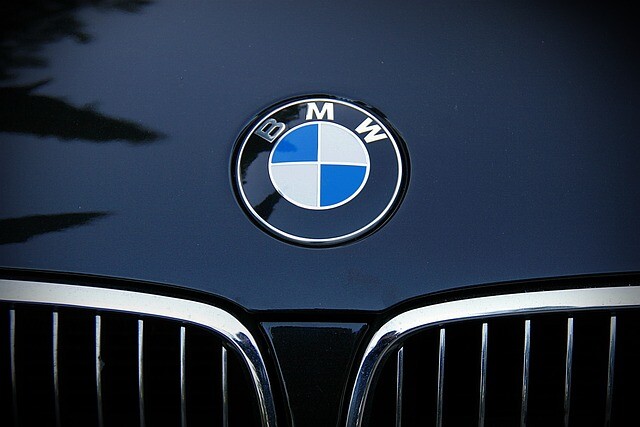This year's safety car
Swedish researchers have developed load-bearing batteries to make electric cars lighter and more economical. There are huge prospects in technology.
Did you know that a Tesla Model S battery pack (at least the previous 85 kWh version) accounts for about a quarter of the total car weight? Electric cars in general can show similarly bad proportions: modern battery packs, despite improvements, weigh more, so they spend a significant portion of the energy stored in us to carry themselves.
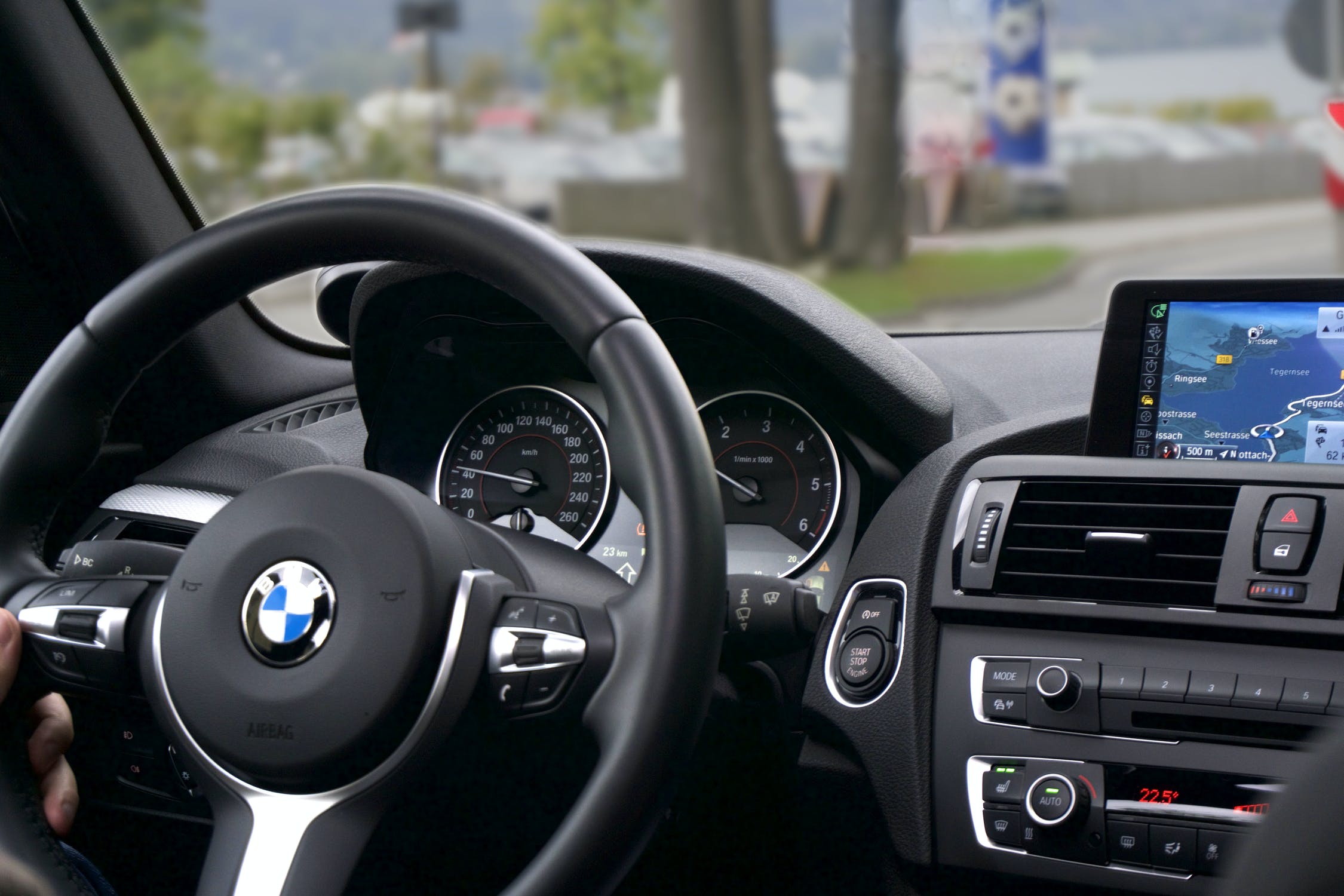
Chalmers University in Sweden and the Royal Swedish Institute of Technology have now unveiled a battery that can be incorporated into the bodywork as a load-bearing element, meaning its mass does not appear as extra ballast but as part of the frame structure. With this, the “weightless battery” is practically realized.
Of course, the technology has its drawbacks, especially its low energy density: 24 Wh / kg is barely one-fifth that of modern batteries. Structural strength, on the other hand, is outstanding, so researchers only need to develop the idea in one area.
The Swedes used a carbon fiber anode and an aluminum cathode coated with lithium ion phosphate; the two are separated by an electrolyte-soaked fiberglass cloth.
This structural design offers further development possibilities: if the cathode can be made of a load-bearing carbon fiber material instead of aluminum foil, and the separating layer is thinned to the extremes, greater efficiency and faster filling can be achieved. According to the researchers, within two years, both the energy density and torsional strength of the technology could triple: then the battery would be as solid as aluminum, but even lighter.
The specific performance of the battery would still lag behind the current peak battery, but since cars could be effectively hundreds of kilograms lighter, moving them would require proportionately less energy. The same driving performance and range would have been achieved with a lower environmental load due to the lower weight and increased passenger safety (the lower energy density also makes the battery itself safer).
Incidentally, the technology could not only revolutionize the automotive industry: it could speed up the electrification of areas such as aviation, where extra weight is a particular problem, and allow the production of ultralight electronic devices such as mobile phones or laptops. Or just imagine an electric bike that weighs 10 instead of 50 pounds, and we immediately understand the potential for improvement.
(Source: vezess.hu / photo: pixabay.com)
